[Teacher Training] “The Path to Growth, Guidance for the Youth”/ Exchange Meeting on Adolescent health
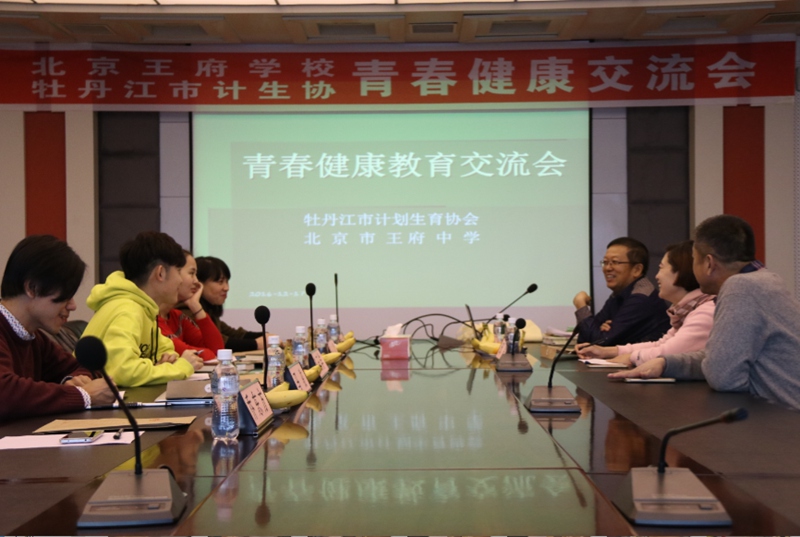
Adolescent middle school students are going through both physiological and psychological changes. Their hearts are full of hope and dreams, but also full of trouble and confusion. The problems in life need to be solved by scientific methods, and the psychological and physiological development in the process of growing up should also be paid equal attention. In order to explore scientific methods and effective ways of adolescence education, the teachers from the Students’ Affairs Office of Beijing Royal Foreign Language School Junior High conducted an academic exchange on adolescent health with the adolescence education research team of the State Family Planning Commission on December 17th.
Constant Attention from International Institutes; The Attitude of Family Planning Association
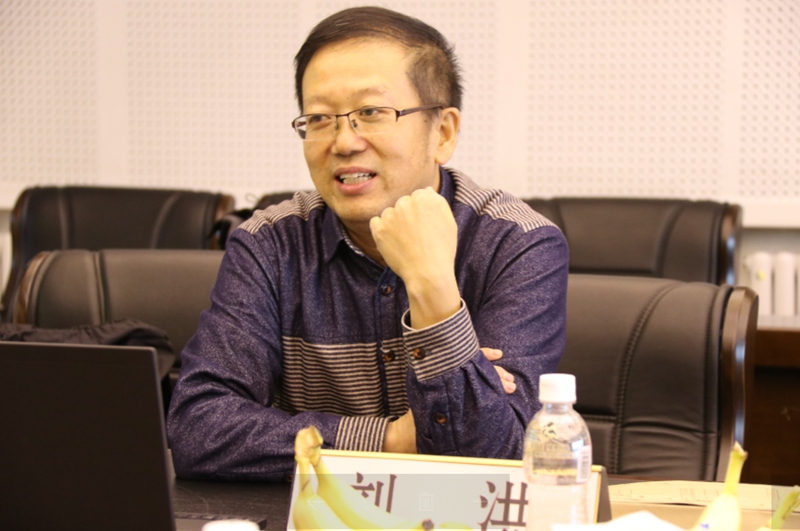
At the meeting, Mr. Liu Hong stressed the importance of adolescent health education from the perspective of the international background and the overall policies and guidelines of the country. At present, the major agencies of the United Nations, many international organizations and non-governmental organizations have brought the health problems of adolescents into the main scope of work. n the process of establishing the Post Millennium Development Program of the United Nations (Post-MDGs) and sustainable Development Goals(SDG), adolescent health, particularly the sex and reproductive health, will be one of the continuous focus and core issues.

What is adolescent health
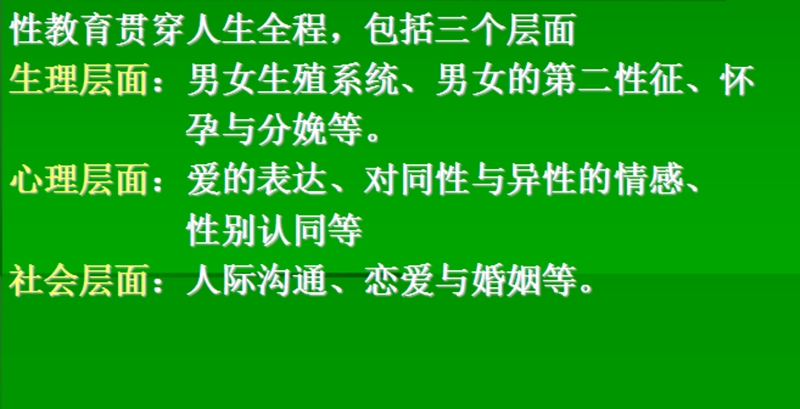
For adolescent health, the Family Planning Association of China has defined it as” adolescent and reproductive health education with a purpose of comprehensive education on sex, in a participatory model, using the” growth path “as the carrier, mainly focusing on how to prevent teenagers and unmarried young people from pregnancy and AIDS, and aiming at life skill training.”
Adolescent Education on Campus
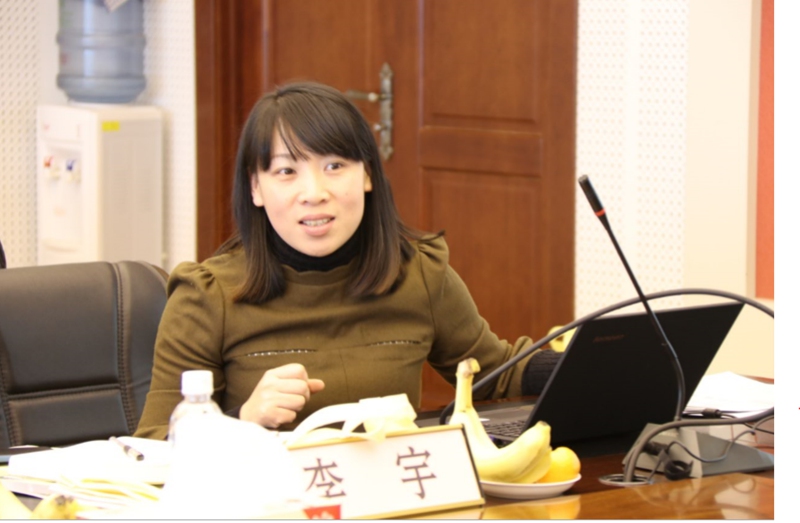
Li Yu, the director of the Students’ Affairs Office of RFLS Jnior High expressed her opinions on sensitive issues concerning adolescence that appear frequently on campus, and consulted the two teachers from Family Planning Commission about the feasible model of adolescence education on campus. After some discussion, we reached the following consensus: students should be the main subject of adolescence education; we should encourage students to speak out their true feelings and help them develop a healthy, equal, objective and responsible attitude.
Participatory Adolescent Education
Participatory education is based on the actual needs and aspirations of students, with subjectivity as the core and selective learning as the features. A participatory classroom can help participants speak freely; it is beneficial for different groups of people to understand each other’s views and concerns; it encourages the formation of new knowledge and ideas from the communication of different opinions and views of the participants; it makes all the participants have a sense of ownership and responsibility, and improve the ability of self development.
A participatory classroom can be arranged flexibly. For example, it can allow students to sit in semicircle for class activities like games and role-playing; it can also allow students to sit in groups for group discussion and presentation.
Reference Materials for Adolescent Education
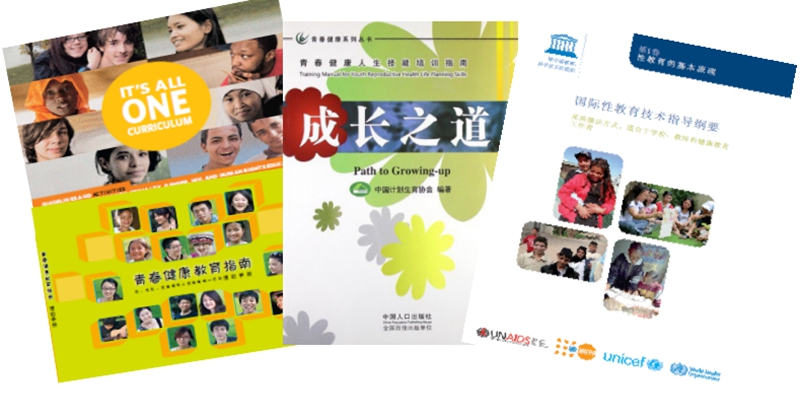
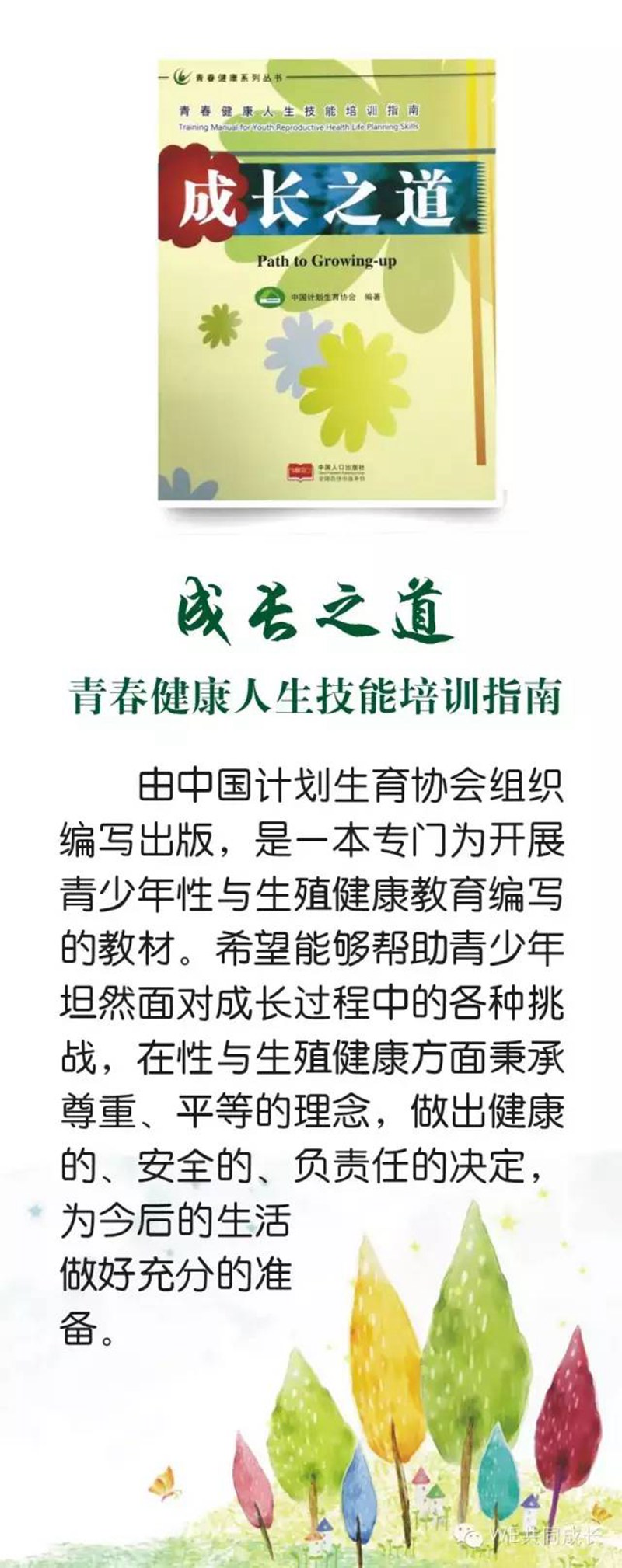
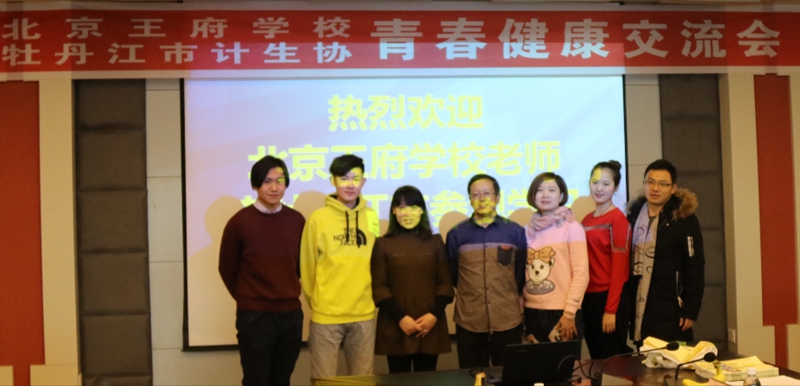
At the end of the meeting, we took a photo together pleasantly to mark the occasion. The teachers who participated in the exchange said they had learned a lot through the training with the realization of the importance attached to adolescent education by the world and the country, s well as a more profound understanding of the topic. The exchange meeting has ended, but the endeavor of adolescent education will not stop. On the basis of the previous discussion on the psychological education of adolescence, the RFLS Junior High will explore more ways of education to guarantee the growth of Beijing Royal School students.


